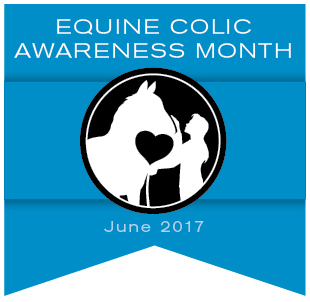You know if you see these signs of colic, it’s time to call the vet. You pray that it’s a simple case of gas colic that can be resolved with lots of walking and watching over one sleepless night. But sometimes the outcome requires colic surgery and you suddenly find yourself taking care of a horse in recovery.
Either way, your vet will eventually go home and you will be left caring for a horse in recovery.
One of the most important parts of helping your horse get back to his healthy and happy self, is knowing how to feed post-colic. Since every horse is unique and there are several types and severity levels of colic, feeding regimens can look drastically different horse-to-horse and situation-to-situation.
Feeding Horses Post-Colic from TheHorse.com
TheHorse.com covers various feeding options after colic in their Feeding Horses Post-Colic article (June 25, 2012). The article goes in-depth on the differing ways that veterinarians generally treat and recommend feeding horses after experiencing various types of colic, including:
- uncomplicated colic
- duodenitis-proximal jejunitis (inflammation of the small intestines)
- small intestine strangulation
- ileal impactions
- large colon impactions
- sand impactions
- enteroliths and fecaliths
- ascending colon displacement
- large colon torsion
- cecal impactions
- cecocecal intussusception
- small colon obstructions.
Read Feeding Horses Post-Colic on TheHorse.com website for the full article and information.
“No two colic cases will resolve alike, and as such each case requires individual treatment. But understanding refeeding practices before colic strikes can help prepare an owner for whatever might occur in the future.”
Feeding Horses Post-Colic is derived from a presentation at the 2012 Kentucky Equine Research Conference given by Ameila Munsterman, DVM, MS, Dipl. ACVS, ACVECC, clinical lecturer in equine critical care medicine and surgery at the Auburn University College or Veterinary Medicine.
Reduce Your Horse’s Colic Risk
Remember, the best defense is a good offense.
While not all cases of colic are avoidable, there are many steps you can take to lower your horse’s risk for induced colic.
How Did You Feed Your Horse After Colic?
Have you had a horse that colicked? Share your story with the Crusade Against Equine Colic community of horse owners joined together to fight colic. Be sure to include your horse’s symptoms, diagnosis, treatment, and recovery plan in your submission.






